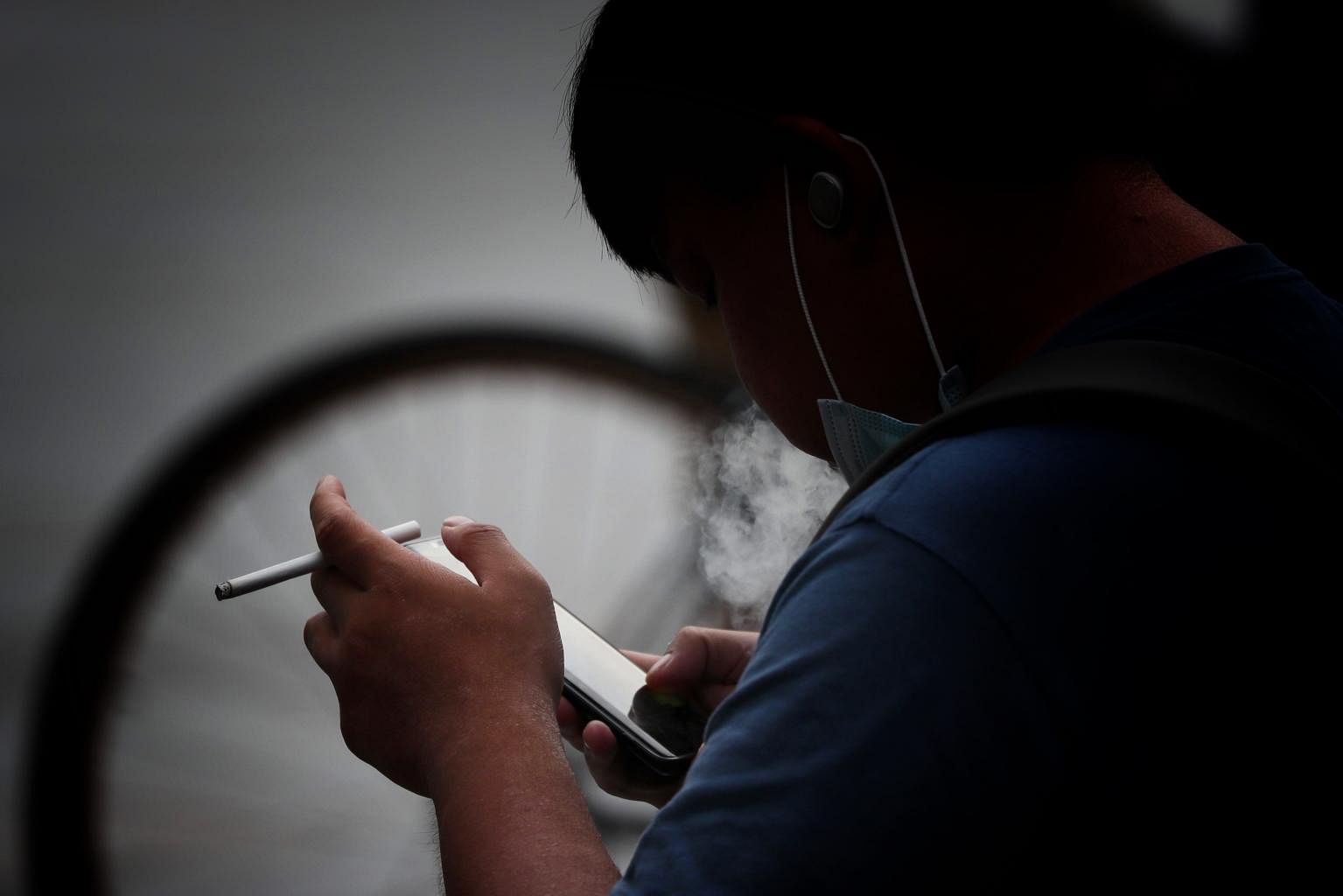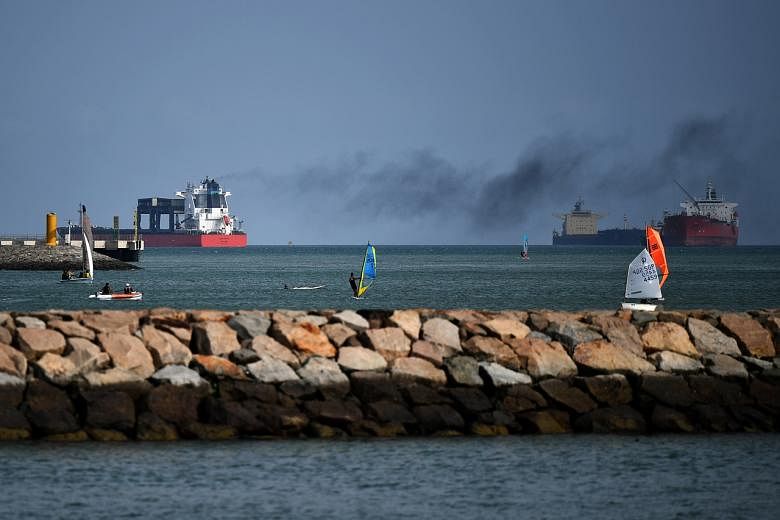SINGAPORE - In the past, it has not clear why more females and non-smokers worldwide were contracting lung cancer.
Now, an international team of scientists led by Nanyang Technological University (NTU) has found a link between increased air pollution and a global uptick in cases for a certain type of lung cancer.
Known as lung adenocarcinoma (LADC), it is strongly tied to genetic, environmental and lifestyle factors, as shown by research, said NTU on Thursday (Nov 25).
The study, done in collaboration between NTU and The Chinese University of Hong Kong, found that every 0.1 microgram per cubic metre increment of black carbon or soot in the Earth's atmosphere is associated with a 12 per cent increase in LADC incidence globally.
Black carbon is a fine particulate matter emitted from the incomplete combustion of fossil fuels, such as from gas and diesel engines as well as coal-fired power plants.
Professor Joseph Sung, NTU's senior vice-president for health and life sciences, who led the study, said: "In our study, we were able to determine that the global increase of lung adenocarcinoma is likely associated with air pollution."
Prof Sung, who is also dean of the Lee Kong Chian School of Medicine, added: "It had always been unclear, in the past decades, why we are seeing more females and more non-smokers developing lung cancer worldwide.
"Our study points to the importance of environmental factors in the causation of specific types of lung cancer."
The study, whose findings were published in scientific journal Atmospheric Environment on Nov 9, looked at lung cancer trends linked to air pollution and smoking from 1990 to 2012.
It found a relation between an overall lower consumption of tobacco worldwide and fewer people contracting another type of lung cancer called lung squamous cell carcinoma (LSCC).
LSCC is commonly associated with those who have a history of smoking.
The study noted that a 1 per cent decline in smoking prevalence was linked to a 9 per cent drop in LSCC incidence globally.
In addition, the number of smokers worldwide decreased by 0.26 per cent a year, cumulatively falling by nearly 6 per cent from 1990 to 2012.

However, the connection between the black carbon pollutant and incidence rates of both types of lung cancers were stronger in females than males.
Globally, a 0.1 microgram per cubic m annual increment of black carbon was linked to a 14 per cent rise in LADC in women, compared with 9 per cent in men. As for LSCC, the same increase in the pollutant was linked to a 14 per cent spike in females, compared with 8 per cent in the opposite sex.
Prof Sung said that while it is not known why women are more susceptible to lung cancer, several factors for consideration include genetic factors, as well as a possibility that they are more susceptible to certain types of chemicals or have a different environmental exposure.
He noted some have said that cooking at home could subject one to fumes from the stove that could raise lung cancer risk.
The rising incidence of LADC is particularly prominent in Asia, where emissions of black carbon and sulfate have been climbing, with South Korea presenting the largest hike for both pollutants.
Associate Professor Steve Yim from NTU's Asian School of the Environment, who was the first author of the study, said it is important for countries to come up with effective strategies to reduce air pollution.
"These emission control strategies are the same ones needed to reduce greenhouse gas emissions, which can help to mitigate climate change at the same time," he added.
However, aside from reducing emissions locally, countries would also have to work together to mediate the impact of transboundary emissions, Prof Yim noted.
Prof Sung said the impact of climate change has always been perceived as something that could impact humanity only 30 to 40 years later. However, a recent report by the World Health Organisation has shown more immediate and tangible impacts of climate change on human health.
The report on Oct 11 noted that air pollution, which also drives climate change, causes 13 deaths per minute worldwide.
"With disease, we're no longer talking about something that happens 30 years later, but over a shorter period of a few years. In some instances, lung and heart disease could also be precipitated on hot and polluted days," he added.
Moving forward, the research team aims to investigate how black carbon and sulfate contribute to the development of LADC, and explore other pollutants that may also be linked to lung cancers.
Lung cancer is the third-most common cancer in males and females in Singapore. During a five-year period from 2014 to 2018, 14 per cent of all cancer incidences in men were lung cancer. For women, the figure was 7.5 per cent.



